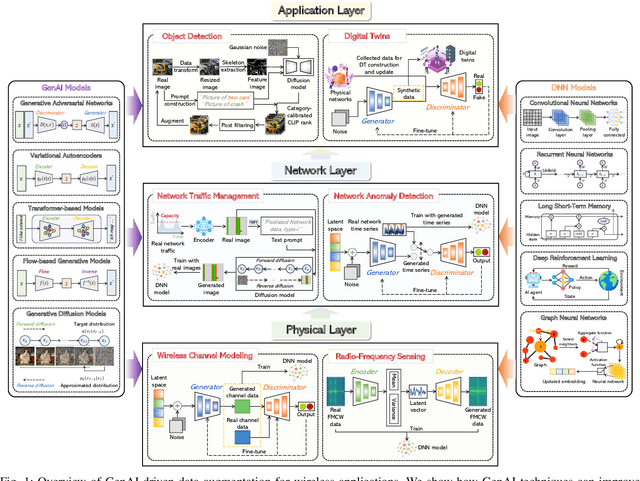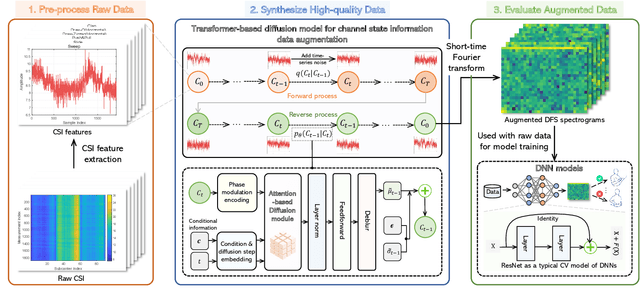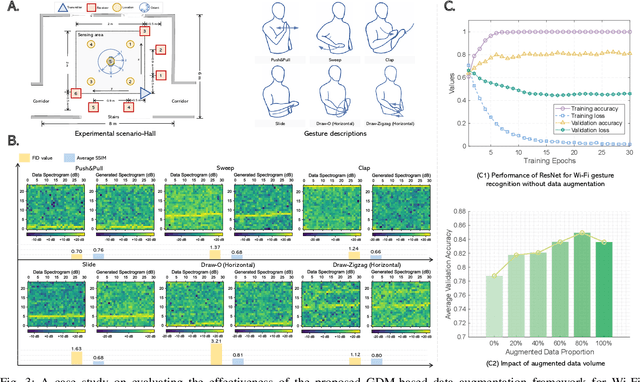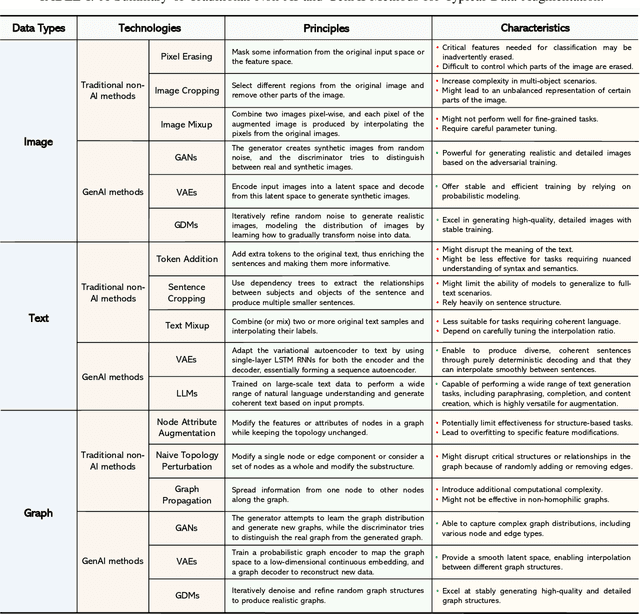Biplab Sikdar
VulCPE: Context-Aware Cybersecurity Vulnerability Retrieval and Management
May 20, 2025Abstract:The dynamic landscape of cybersecurity demands precise and scalable solutions for vulnerability management in heterogeneous systems, where configuration-specific vulnerabilities are often misidentified due to inconsistent data in databases like the National Vulnerability Database (NVD). Inaccurate Common Platform Enumeration (CPE) data in NVD further leads to false positives and incomplete vulnerability retrieval. Informed by our systematic analysis of CPE and CVEdeails data, revealing more than 50% vendor name inconsistencies, we propose VulCPE, a framework that standardizes data and models configuration dependencies using a unified CPE schema (uCPE), entity recognition, relation extraction, and graph-based modeling. VulCPE achieves superior retrieval precision (0.766) and coverage (0.926) over existing tools. VulCPE ensures precise, context-aware vulnerability management, enhancing cyber resilience.
TabTreeFormer: Tabular Data Generation Using Hybrid Tree-Transformer
Jan 07, 2025



Abstract:Transformers have achieved remarkable success in tabular data generation. However, they lack domain-specific inductive biases which are critical to preserving the intrinsic characteristics of tabular data. Meanwhile, they suffer from poor scalability and efficiency due to quadratic computational complexity. In this paper, we propose TabTreeFormer, a hybrid transformer architecture that incorporates a tree-based model that retains tabular-specific inductive biases of non-smooth and potentially low-correlated patterns caused by discreteness and non-rotational invariance, and hence enhances the fidelity and utility of synthetic data. In addition, we devise a dual-quantization tokenizer to capture the multimodal continuous distribution and further facilitate the learning of numerical value distribution. Moreover, our proposed tokenizer reduces the vocabulary size and sequence length due to the limited complexity (e.g., dimension-wise semantic meaning) of tabular data, rendering a significant model size shrink without sacrificing the capability of the transformer model. We evaluate TabTreeFormer on 10 datasets against multiple generative models on various metrics; our experimental results show that TabTreeFormer achieves superior fidelity, utility, privacy, and efficiency. Our best model yields a 40% utility improvement with 1/16 of the baseline model size.
UIBDiffusion: Universal Imperceptible Backdoor Attack for Diffusion Models
Dec 16, 2024Abstract:Recent studies show that diffusion models (DMs) are vulnerable to backdoor attacks. Existing backdoor attacks impose unconcealed triggers (e.g., a gray box and eyeglasses) that contain evident patterns, rendering remarkable attack effects yet easy detection upon human inspection and defensive algorithms. While it is possible to improve stealthiness by reducing the strength of the backdoor, doing so can significantly compromise its generality and effectiveness. In this paper, we propose UIBDiffusion, the universal imperceptible backdoor attack for diffusion models, which allows us to achieve superior attack and generation performance while evading state-of-the-art defenses. We propose a novel trigger generation approach based on universal adversarial perturbations (UAPs) and reveal that such perturbations, which are initially devised for fooling pre-trained discriminative models, can be adapted as potent imperceptible backdoor triggers for DMs. We evaluate UIBDiffusion on multiple types of DMs with different kinds of samplers across various datasets and targets. Experimental results demonstrate that UIBDiffusion brings three advantages: 1) Universality, the imperceptible trigger is universal (i.e., image and model agnostic) where a single trigger is effective to any images and all diffusion models with different samplers; 2) Utility, it achieves comparable generation quality (e.g., FID) and even better attack success rate (i.e., ASR) at low poison rates compared to the prior works; and 3) Undetectability, UIBDiffusion is plausible to human perception and can bypass Elijah and TERD, the SOTA defenses against backdoors for DMs. We will release our backdoor triggers and code.
Generative AI for Data Augmentation in Wireless Networks: Analysis, Applications, and Case Study
Nov 13, 2024



Abstract:Data augmentation is a powerful technique to mitigate data scarcity. However, owing to fundamental differences in wireless data structures, traditional data augmentation techniques may not be suitable for wireless data. Fortunately, Generative Artificial Intelligence (GenAI) can be an effective alternative to wireless data augmentation due to its excellent data generation capability. This article systemically explores the potential and effectiveness of GenAI-driven data augmentation in wireless networks. We first briefly review data augmentation techniques, discuss their limitations in wireless networks, and introduce generative data augmentation, including reviewing GenAI models and their applications in data augmentation. We then explore the application prospects of GenAI-driven data augmentation in wireless networks from the physical, network, and application layers, which provides a GenAI-driven data augmentation architecture for each application. Subsequently, we propose a general generative diffusion model-based data augmentation framework for Wi-Fi gesture recognition, which uses transformer-based diffusion models to generate high-quality channel state information data. Furthermore, we develop residual neural network models for Wi-Fi gesture recognition to evaluate the role of augmented data and conduct a case study based on a real dataset. Simulation results demonstrate the effectiveness of the proposed framework. Finally, we discuss research directions for generative data augmentation.
TAEGAN: Generating Synthetic Tabular Data For Data Augmentation
Oct 02, 2024



Abstract:Synthetic tabular data generation has gained significant attention for its potential in data augmentation, software testing and privacy-preserving data sharing. However, most research has primarily focused on larger datasets and evaluating their quality in terms of metrics like column-wise statistical distributions and inter-feature correlations, while often overlooking its utility for data augmentation, particularly for datasets whose data is scarce. In this paper, we propose Tabular Auto-Encoder Generative Adversarial Network (TAEGAN), an improved GAN-based framework for generating high-quality tabular data. Although large language models (LLMs)-based methods represent the state-of-the-art in synthetic tabular data generation, they are often overkill for small datasets due to their extensive size and complexity. TAEGAN employs a masked auto-encoder as the generator, which for the first time introduces the power of self-supervised pre-training in tabular data generation so that essentially exposes the networks to more information. We extensively evaluate TAEGAN against five state-of-the-art synthetic tabular data generation algorithms. Results from 10 datasets show that TAEGAN outperforms existing deep-learning-based tabular data generation models on 9 out of 10 datasets on the machine learning efficacy and achieves superior data augmentation performance on 7 out of 8 smaller datasets.
CombU: A Combined Unit Activation for Fitting Mathematical Expressions with Neural Networks
Sep 25, 2024



Abstract:The activation functions are fundamental to neural networks as they introduce non-linearity into data relationships, thereby enabling deep networks to approximate complex data relations. Existing efforts to enhance neural network performance have predominantly focused on developing new mathematical functions. However, we find that a well-designed combination of existing activation functions within a neural network can also achieve this objective. In this paper, we introduce the Combined Units activation (CombU), which employs different activation functions at various dimensions across different layers. This approach can be theoretically proven to fit most mathematical expressions accurately. The experiments conducted on four mathematical expression datasets, compared against six State-Of-The-Art (SOTA) activation function algorithms, demonstrate that CombU outperforms all SOTA algorithms in 10 out of 16 metrics and ranks in the top three for the remaining six metrics.
VFLGAN-TS: Vertical Federated Learning-based Generative Adversarial Networks for Publication of Vertically Partitioned Time-Series Data
Sep 05, 2024



Abstract:In the current artificial intelligence (AI) era, the scale and quality of the dataset play a crucial role in training a high-quality AI model. However, often original data cannot be shared due to privacy concerns and regulations. A potential solution is to release a synthetic dataset with a similar distribution to the private dataset. Nevertheless, in some scenarios, the attributes required to train an AI model are distributed among different parties, and the parties cannot share the local data for synthetic data construction due to privacy regulations. In PETS 2024, we recently introduced the first Vertical Federated Learning-based Generative Adversarial Network (VFLGAN) for publishing vertically partitioned static data. However, VFLGAN cannot effectively handle time-series data, presenting both temporal and attribute dimensions. In this article, we proposed VFLGAN-TS, which combines the ideas of attribute discriminator and vertical federated learning to generate synthetic time-series data in the vertically partitioned scenario. The performance of VFLGAN-TS is close to that of its counterpart, which is trained in a centralized manner and represents the upper limit for VFLGAN-TS. To further protect privacy, we apply a Gaussian mechanism to make VFLGAN-TS satisfy an $(\epsilon,\delta)$-differential privacy. Besides, we develop an enhanced privacy auditing scheme to evaluate the potential privacy breach through the framework of VFLGAN-TS and synthetic datasets.
VFLGAN: Vertical Federated Learning-based Generative Adversarial Network for Vertically Partitioned Data Publication
Apr 15, 2024Abstract:In the current artificial intelligence (AI) era, the scale and quality of the dataset play a crucial role in training a high-quality AI model. However, good data is not a free lunch and is always hard to access due to privacy regulations like the General Data Protection Regulation (GDPR). A potential solution is to release a synthetic dataset with a similar distribution to that of the private dataset. Nevertheless, in some scenarios, it has been found that the attributes needed to train an AI model belong to different parties, and they cannot share the raw data for synthetic data publication due to privacy regulations. In PETS 2023, Xue et al. proposed the first generative adversary network-based model, VertiGAN, for vertically partitioned data publication. However, after thoroughly investigating, we found that VertiGAN is less effective in preserving the correlation among the attributes of different parties. This article proposes a Vertical Federated Learning-based Generative Adversarial Network, VFLGAN, for vertically partitioned data publication to address the above issues. Our experimental results show that compared with VertiGAN, VFLGAN significantly improves the quality of synthetic data. Taking the MNIST dataset as an example, the quality of the synthetic dataset generated by VFLGAN is 3.2 times better than that generated by VertiGAN w.r.t. the Fr\'echet Distance. We also designed a more efficient and effective Gaussian mechanism for the proposed VFLGAN to provide the synthetic dataset with a differential privacy guarantee. On the other hand, differential privacy only gives the upper bound of the worst-case privacy guarantee. This article also proposes a practical auditing scheme that applies membership inference attacks to estimate privacy leakage through the synthetic dataset.
Privacy-Preserving Collaborative Split Learning Framework for Smart Grid Load Forecasting
Mar 12, 2024



Abstract:Accurate load forecasting is crucial for energy management, infrastructure planning, and demand-supply balancing. Smart meter data availability has led to the demand for sensor-based load forecasting. Conventional ML allows training a single global model using data from multiple smart meters requiring data transfer to a central server, raising concerns for network requirements, privacy, and security. We propose a split learning-based framework for load forecasting to alleviate this issue. We split a deep neural network model into two parts, one for each Grid Station (GS) responsible for an entire neighbourhood's smart meters and the other for the Service Provider (SP). Instead of sharing their data, client smart meters use their respective GSs' model split for forward pass and only share their activations with the GS. Under this framework, each GS is responsible for training a personalized model split for their respective neighbourhoods, whereas the SP can train a single global or personalized model for each GS. Experiments show that the proposed models match or exceed a centrally trained model's performance and generalize well. Privacy is analyzed by assessing information leakage between data and shared activations of the GS model split. Additionally, differential privacy enhances local data privacy while examining its impact on performance. A transformer model is used as our base learner.
AIDPS:Adaptive Intrusion Detection and Prevention System for Underwater Acoustic Sensor Networks
Sep 14, 2023Abstract:Underwater Acoustic Sensor Networks (UW-ASNs) are predominantly used for underwater environments and find applications in many areas. However, a lack of security considerations, the unstable and challenging nature of the underwater environment, and the resource-constrained nature of the sensor nodes used for UW-ASNs (which makes them incapable of adopting security primitives) make the UW-ASN prone to vulnerabilities. This paper proposes an Adaptive decentralised Intrusion Detection and Prevention System called AIDPS for UW-ASNs. The proposed AIDPS can improve the security of the UW-ASNs so that they can efficiently detect underwater-related attacks (e.g., blackhole, grayhole and flooding attacks). To determine the most effective configuration of the proposed construction, we conduct a number of experiments using several state-of-the-art machine learning algorithms (e.g., Adaptive Random Forest (ARF), light gradient-boosting machine, and K-nearest neighbours) and concept drift detection algorithms (e.g., ADWIN, kdqTree, and Page-Hinkley). Our experimental results show that incremental ARF using ADWIN provides optimal performance when implemented with One-class support vector machine (SVM) anomaly-based detectors. Furthermore, our extensive evaluation results also show that the proposed scheme outperforms state-of-the-art bench-marking methods while providing a wider range of desirable features such as scalability and complexity.
 Add to Chrome
Add to Chrome Add to Firefox
Add to Firefox Add to Edge
Add to Edge